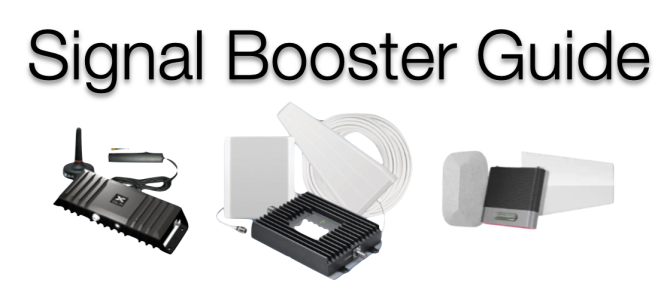
A weak cellular signal can be a major hindrance to both personal and professional activities. If you’ve ever experienced frustrating dropped calls or sluggish data speeds, it might be time to consider installing a signal booster, also known as a wireless repeater. These ingenious devices can take an existing signal, amplify it, and rebroadcast it within a specific coverage area, providing a significant improvement in your connectivity experience. However, choosing the right signal booster for your specific needs involves a few important considerations. In this article, we’ll delve into what wireless repeaters are, how they work, and how to select the appropriate one for your situation.
Understanding Wireless Repeaters
A wireless repeater, as the name suggests, repeats or amplifies existing cellular signals. In situations where you have a good signal outside, but very weak or non-existent signal inside, a repeater system is a great addition. It can also be helpful in areas where you have dead spots inside. Use the repeater to take the stronger signal and speeds you have available in another section of your location and boost it to those dead spots. If needed, multiple antennas can be used inside to effectively broadcast the signal where it is required.
The Site Survey – Is It Necessary?
Before investing in a signal booster, it’s crucial to perform a site survey to determine whether a booster is a viable solution for your location. This step involves testing the current signal strength at the target area. For most repeaters, like those offered by reputable brands such as weBoost and SureCall, it’s essential to have a signal strength of at least -108dB or greater (i.e. closer to 0) to see significant improvement. However, Cel-Fi systems can work with even weaker signals, ideally around -118dB or better. If your signal is too weak or nonexistent, a booster may not be effective.
Finding the Best Placement for the Hardware
Proper placement of the signal booster components is crucial to ensure optimal performance and prevent interference between antennas. When using repeaters with both exterior and interior antennas, you must maintain a certain amount of separation between them to avoid oscillation (interference).
If you use omnidirectional antennas on both ends, you may need more separation and can achieve this by placing obstructions between them or using aluminum foil to block their view of each other. When using directional antennas, simply aim them away from each other. Additionally, it’s important to install antennas at least 20 cm (8 inches) away from people to comply with safety standards.
The Exterior Antenna
Based on your site survey, identify the location where you receive the strongest signal and/ or the best bandwidth speeds from your cellular service. This is where you should mount the exterior antenna. If mounting on the roof is not feasible, try to position it on the side of the building that offers the best performance. This will help maximize the booster’s efficiency.
The Amplifier
The amplifier, a critical component of the signal booster system, should be placed at least 10 feet away from the interior antenna to prevent interference. The amplifier is the only piece of the system that requires power so position it near a power outlet. It’s also important to install the amplifier in a location with proper ventilation and within its specified temperature operating range, as it tends to generate heat during operation.
The Interior Antenna and Coverage Areas
How much coverage are you looking for? Keep in mind that the amount of coverage greatly depends on the starting signal strength – i.e. the signal strength where your exterior antenna will be placed. However, the obstructions between your cellular device(s) and the interior antenna will also affect your signal. Consider where you primarily use your cellular devices, as this should guide the placement of the interior antenna.
Ideally, install the interior antenna in a central location within this “hotspot” area while maintaining adequate separation from the exterior antenna and amplifier. The closer your devices are to the interior antenna, the stronger the signal boost they will receive. The signal strength will diminish, at least slightly, by the edges of the boosted coverage area.
How Much Cable Do You Need?
Taking into account the above considerations, you can determine the required length of cables for your installation. Many repeater kits include cables, but if the provided length is insufficient, consider purchasing a separate cable of the required length. Connecting multiple short cables with adapters will introduce signal loss, potentially reducing the effectiveness of the booster system.
Next Steps
Wireless repeaters, or signal boosters, offer an effective solution for improving cellular connectivity in areas with weak or unreliable signals. Once you’ve assessed your signal strength and considered the placement of hardware components, the next step is to select the right signal booster model that aligns with your specific needs. This involves comparing available options from reputable manufacturers, considering factors like coverage area and frequency compatibility. By taking these next steps in the selection process, you can confidently choose the ideal wireless repeater to ensure stronger and more reliable cellular connectivity in your home or office.
Need assistance determining if a wireless repeater/ signal booster is right for you? Contact the 5Gstore team for further guidance. We’ll discuss how to do the site survey, how to interpret your results, and which repeater system to select.

